Are virtual events inherently boring? Here are some thoughts.
Podcasts about Accessibility
I recently had the opportunity to speak on two different podcasts about a subject I’m very passionate about - Event Accessibility. The conversations are a bit different -
On the first, with Alana Mediavilla of FilmKik, I speak more generally about the role and importance of accessibility, and the ways video producers can ensure their content is accessible to all
On the second, Ben Powell of BetterCast and I get into the nitty gritty of different caption systems and how they work. Fair warning, this one is long and has a lot of tech detail.
Talon Tech Tip: The Basics of a Public Address System
I recently received a message from a long-time client asking for help understanding how to amplify voices at a socially-distanced, outdoor event. They knew they because their very small audience was all separated from each other and from the presenters that they needed microphones for their event, but were unsure how all the pieces worked together. This article came out of offering one client some basic help understanding how the pieces of an event sound system (often called a “Public Address” or “PA” system) fit together.
In general the basic components of a public address system are the microphone(s), the mixer, the amplifier, and the speakers. Sometimes one or more of these components are combined in all-in-one units.
Improving Virtual Meeting Attendee Engagement with an Interactive Coffee Break
Let’s take this online
In mid May, the staff at Veloz, a nonprofit organization focused on electrifying transportation in California, came to me with a challenge. Their July member meeting, scheduled to be an in-person round table in Downtown Los Angeles, was going to be impacted by COVID-19 travel restrictions. Like most event planners, they wondered how to take the meeting online. The conference involved 50 members around a table discussing state policy, industry marketing, and increasing member investment. How would we move it to an online format while maintaining the networking, conversation and attendee engagement of the in-person meeting? How could we make members feel valued and invested in the organization without being with them in person?
Not Quite Live Stream: A Virtual Event Video Playback Solution
I got a call this week from a client asking “how do we do an event that looks like a live stream, but is actually pre-recorded?”
Lots of the virtual events I’ve been working on have had pre-recorded sessions, if not been fully pre recorded, so I thought I’d share how I’ve been handling playback for Zoom calls or Live Streams.
24 Months and Beyond: The Event Industry in a Post-Social Distancing World
Death by Dongles
If you give presentations regularly, chances are you’ve had a video adapter mishap more than once.
Perhaps you worry as you head to a new venue: Does the room have the right video connection for my laptop? With so many devices and so many competing connection standards, can you be sure you’re prepared and have the correct adapter before you present?
Here are a few suggestions for making sure you have the correct adapter for the job and some ideas for organizing your adapters.
7 Questions About Event AV Your Team Needs to Ask
Microphone Tips from the Pros
“Is this thing on?”
I can’t count how many times I’ve heard someone announce this uncertainty into a live microphone to a room full of attentive listeners.
Microphones: Using one should be simple, but event attendees and presenters are often confused when you hand them a mic. Where do I hold it? Where do I set it down? And the eternal question, "IS THIS THING ON?!"
Hopefully this blog post will help clear up some basic misconceptions about microphones, and help make you a microphone pro.
You want how many microphones?
“You want how many microphones?”
I’ve found myself asking clients that question on many occasions. Big board meeting. National membership meeting. Round-table committee discussion. Meetings where there are 30 to 100 people who all need to be able to hear and be heard.
I’ll be honest -- you cannot have 50 microphones live at once in one meeting room without digital processing and expect to not have feedback. There’s no way one sound technician can manually keep track of who’s speaking and who’s up next and keep it all going smoothly. It’s not going to be pretty. And think of how many cables you’d need!
Luckily there’s a solution that lets everyone have a mic, prevents feedback, and keeps technicians from ripping their hair out.
It’s called an Audio Discussion System, or alternately known as a “Congress” or push-to-talk system.





